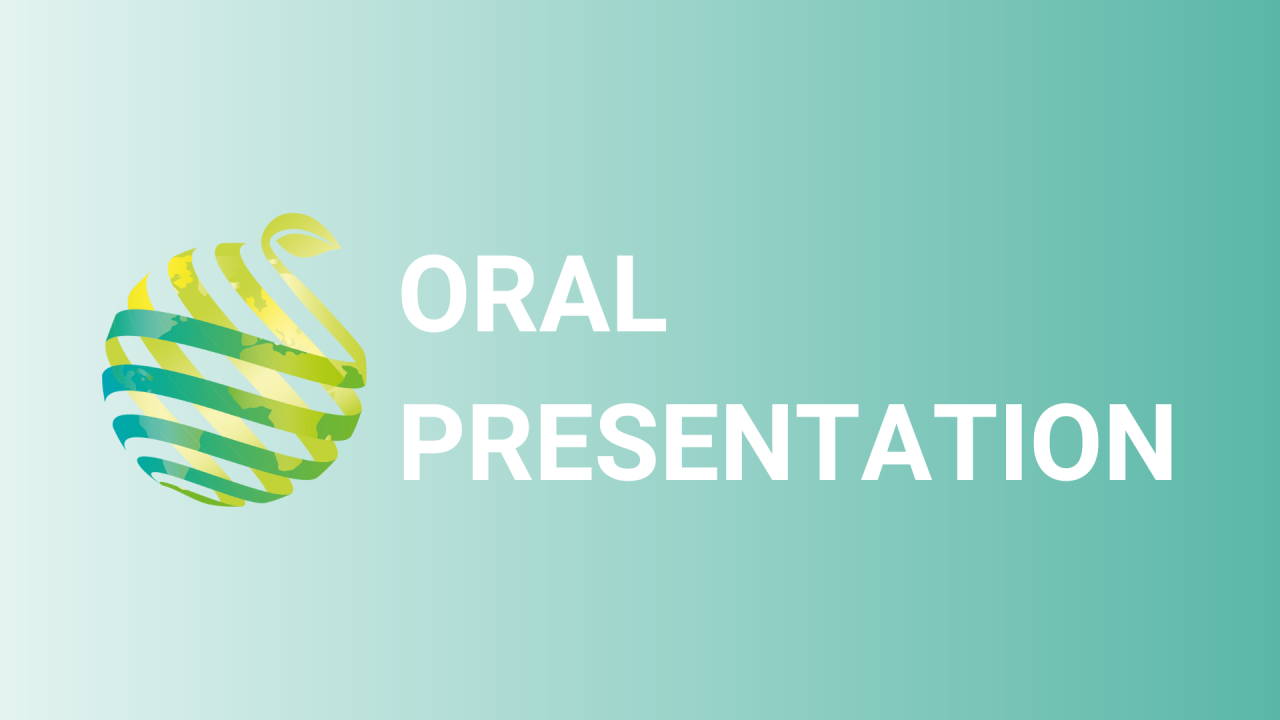

S01 - Session O1 - Multi-omics investigation identifies no unintended changes in the genome, transcriptome, proteome and metabolome of the cisgenic fire blight resistant apple line
Information
Authors: Ina Schlathoelter, Bruno Studer, Patocchi Andrea? Giovanni Broggini *
Cisgenesis can be used to amend susceptible apple cultivars with disease resistance genes in one step, thus reducing the current dependency on plant protection products for fruit production, where introgression of the same genes by conventional breeding would require a long backcrossing and selection process. However, the cisgenic approach is of interest only if the advantages of the added trait predominate potential unintended effects introduced through the transformation process, which include tissue culturing, gene transfer and plant regeneration. Since the added trait is already present in the breeding pools, no harm is expected from the added trait itself, and unintended effects must be identified by an untargeted multi-omics approach. Here we investigated the first cisgenic fire blight resistant apple line C44.4.146 carrying the FB_MR5 resistance gene of Malus x robusta 5. The genome, as well as the leaf transcriptome, proteome and metabolome of field-grown plants of C44.4.146 were compared with its wild type 'Gala Galaxy' and placed into the context of natural variation found in selected sport mutants of 'Gala'. For this, sequencing data using short- and long-read sequencing technologies were generated and used for the quantification of sequence variants. Furthermore, pooled leaf material of the same genotypes was used for a multi-omics approach following separate extractions of RNA, proteins and metabolites. Our results indicate that the cisgenic approach did not cause larger unintended effects than the emergence of novel apple sport mutants. In an untargeted approach, our experimental design allowed the uncovering of unintended changes in the genome or in the different omics profiles from the obtained resistance or the transformation process in the cisgenic line C44.4.146. These data provide a baseline for the assessment of risks associated with cisgenesis.